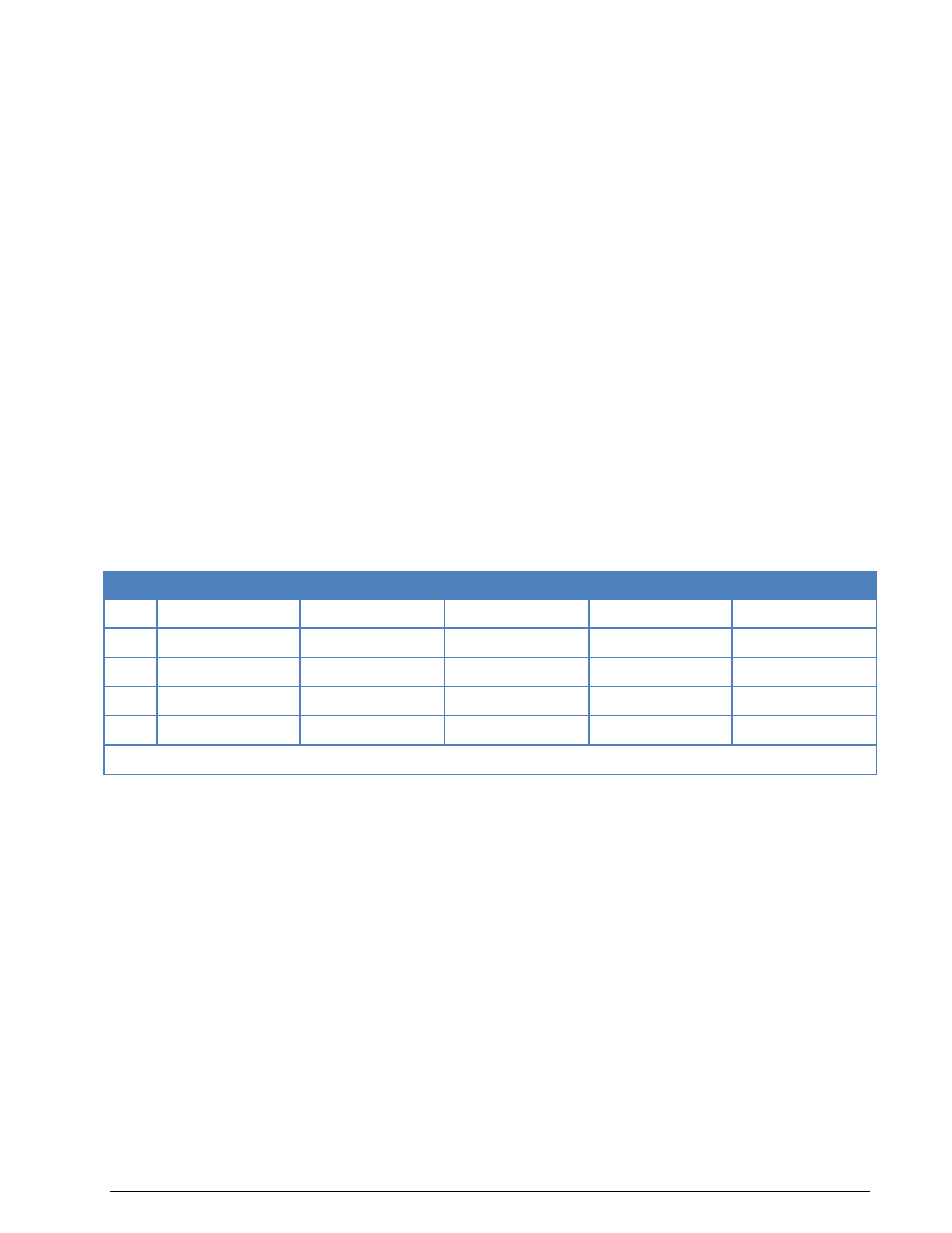Decoding of codan data modem signals – Wavecom W61PC V7.5.0 User Manual
Page 143

WAVECOM Decoder W61PC/LAN Manual V7.5
Transmission Modes
133
At the beginning of every line the user can find the following information about the channel data packet:
CRC OK or CRC NOK (not O.K.)
SEQ [Nr] (Sequence number, a counter from zero up to the length of the packet)
ARQ [Nr] (ARQ number used from the modems to request packets not received correctly)
At the end of a packet some statistical data is stored.
In secure mode the channel data packet output is adapted, as the secure interactive packets have a
slightly different structure.
The extended preamble gives an indication as to whether the transmission is a group or broadcast call.
The frame type, shown in the decoder status bar, indicates if the current package is ACK, IDLE or DATA. If
a data package with a known length is recognized, the decoder shows its length.
DECODING OF CODAN DATA MODEM SIGNALS
Introduction
This section intends to offer an overview of the issues related to the practical decoding of the CODAN data
modem protocol using WAVECOM decoders. It is important for the user to be aware of any constraints and
limitations inherent in the decoding process during non-cooperative interception of this mode, and so pos-
sible issues are explained below.
Protocol overview
The CODAN-9001 modem uses 16 DQPSK carriers for the transport of payload data. Each carrier is inde-
pendently modulated with data.
Each individual channel carries a channel packet. All 16 concurrent channel packets constitute a frame and
a number of frames constitute a multi-frame.
CODAN-9001 modem frame structure:
CH
Frame 1
Frame 2
Frame 2
...
Frame n
1
Chnl packet 01
Chnl packet 17
Chnl packet 33
....
...
2
Chnl packet 02
Chnl packet 18
Chnl packet 34
...
...
3
Chnl packet 03
Chnl packet 19
Chnl packet 35
...
...
...
...
...
...
...
...
16
Chnl packet 16
Chnl packet 32
Chnl packet 48
...
Chnl packet m
Multi-frame 1
Each payload data packet has a constant length and a sequence number. However, the numbering in the
figure above only serves as an example, and due to the use of ARQ-based retransmissions the numbering
may not be sequential.
For the purpose of this explanation payload data is considered to be unprocessed user data and channel
encoded user data.
Independent of the payload data field, the sequence number field has its own error detecting and correct-
ing code. Payload data in each channel packet is protected by a cyclic redundancy code (CRC). This fea-
ture is included in order to allow the ARQ protocol to request retransmission of packets received in error.
A session consists of one or more multi-frames. Depending on the amount of data queued for transfer the
length of a multi-frame may vary. The receiving modem will extract the frames from the multi-frame de-
termining the number of channel packets and checking whether payload data was received without errors.
If a channel packet was received in error a re-transmission is requested. It should be clear from this that a
multi-frame may consist of a mixture of new data and re-transmitted data. Re-transmitted data may ap-
pear on any channel and in any position within a multi-frame. Additionally the transmitting modem may
opt to send ALE-like parity bit packets in a separate frame and even on another channel within the same
multi-frame as the payload data packet to which it belongs. This is indicated by the two packets belonging
together carrying the same sequence number. This mechanism is predominantly seen when the link quali-
ty deteriorates and consequently the number of re-transmissions increases.
In the “Broadcast” and “Group” modes multi-frames with new data appear for every fourth multi-frame –
in between data and coding information is repeated in the remaining three multi-frames.